It is common to hear the terms Indica vs. Sativa used, especially when first immersing yourself in the world of cannabis, but do you know what these terms mean? In this guide, we will break it down so you can learn how to choose a right strain for you.
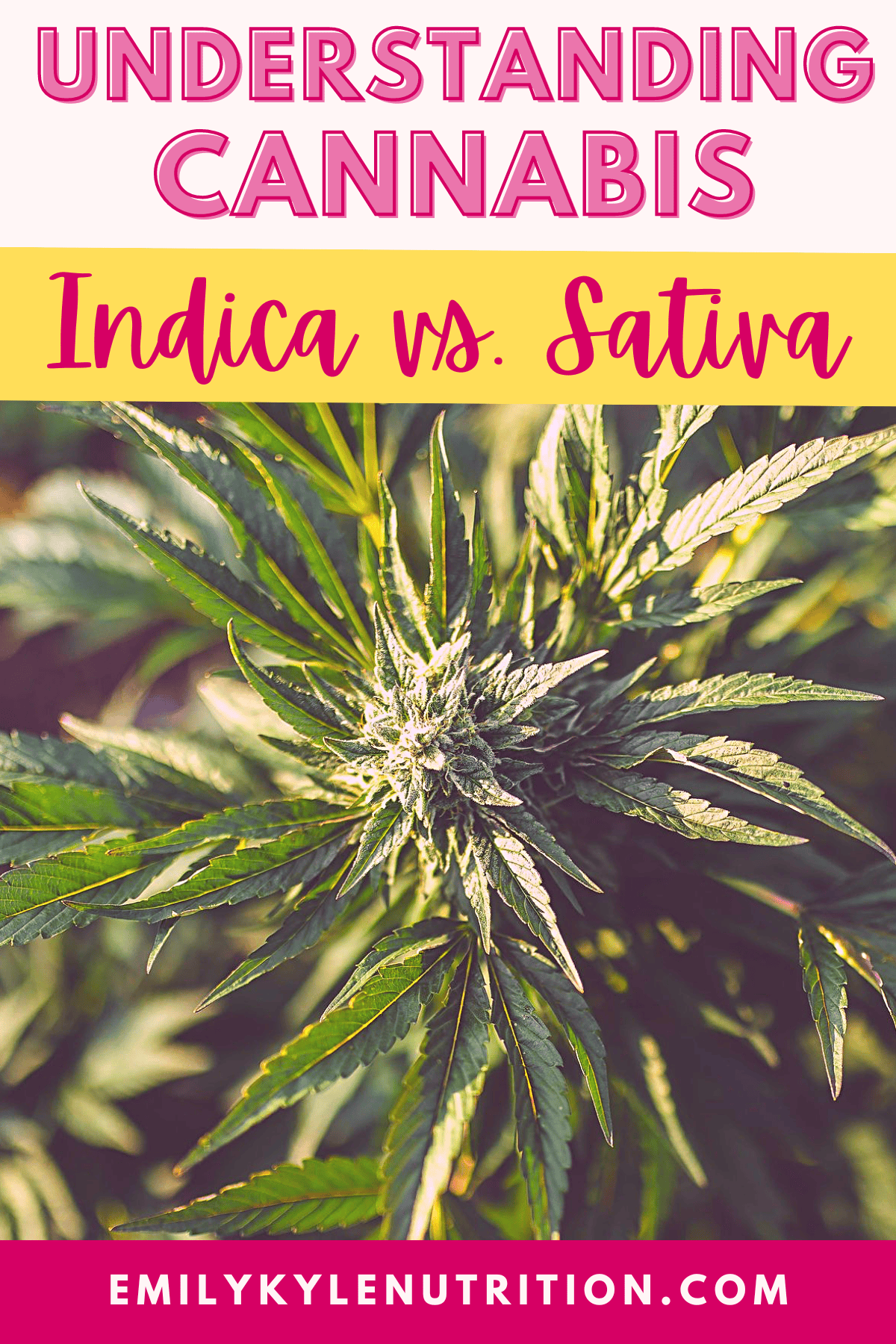
Table of Contents
Article Features
- A quick overview of Indica vs. Sativa
- Why most cannabis plants are actually hybrids
- Want to skip the hard work? Shop with me and have premium, high-quality cannabis products delivered directly to your door! Now shipping across the US.

Why You Will Love This Guide
Before getting started, it is important to know that there is no such thing as a marijuana plant or hemp plant.
The terms ‘hemp‘ and ‘marijuana‘ are not botanical and have been defined by the government to control THC levels.
A cannabis plant containing less than 0.3% THC is considered hemp, and any cannabis plant with more than 0.3% THC is considered marijuana.
At the end of the day, both ‘hemp‘ and ‘marijuana‘ are the Cannabis Sativa plant with differing cannabinoid ratios.
The two main Cannabis Sativa plant species are Indica and Sativa, with the lesser-known strain being cannabis Ruderalis.
I was recently asked about the difference between sativa and Indica plants in my Well With Cannabis Community, so in this guide, we will explore the different species in detail and compare how they compare.
Remember, it’s important to note that most cannabis plants are not pure Indica or pure Sativa, as most plants are a hybrid of each.
Here, we will review the differences in specific strains, the effects each can have on the human body, the most common strains, and how to find the best option.
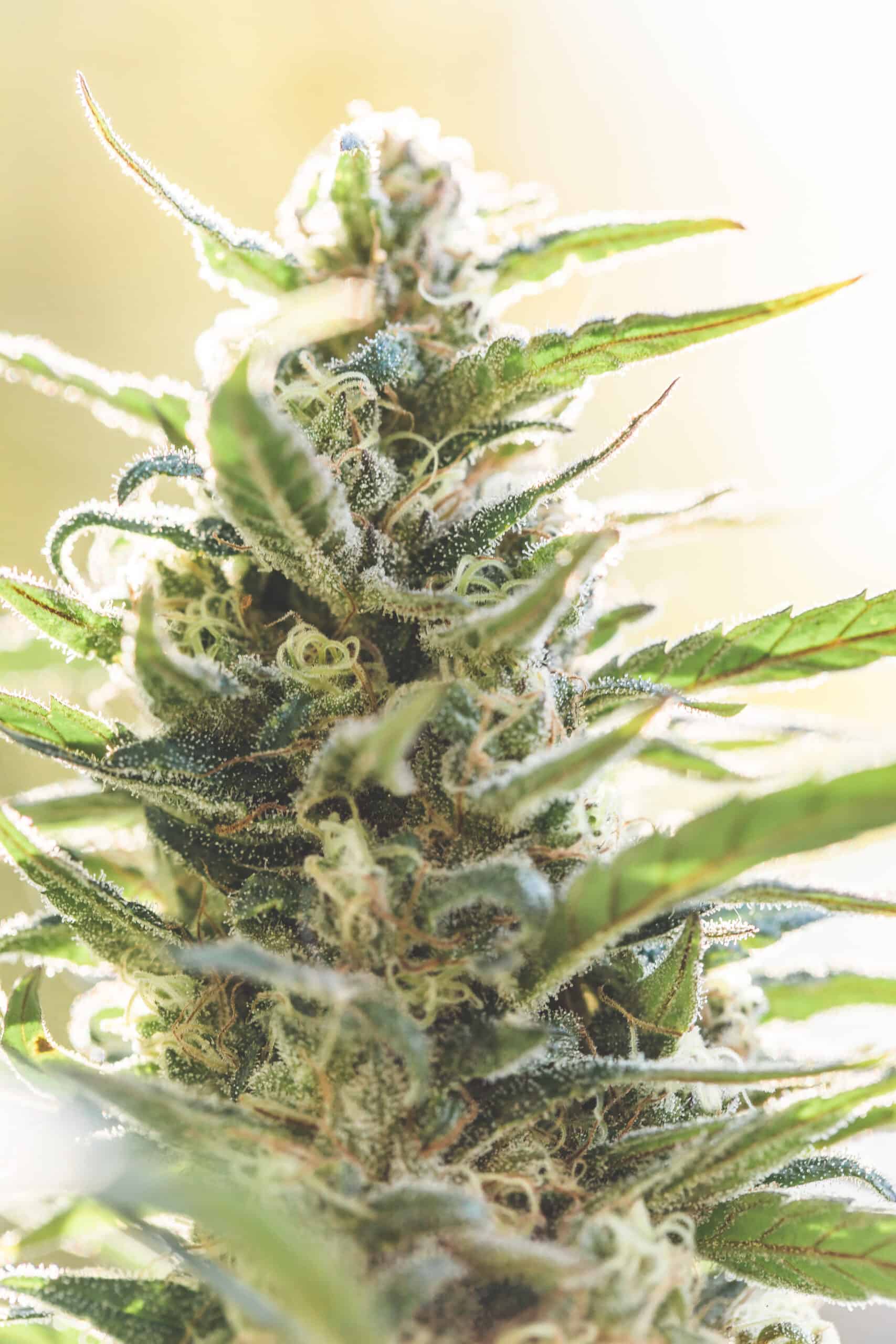
What Are Cannabis Strains?
The cannabis plant is versatile and is loved worldwide for its recreational and medicinal value.
Generally, the plant is commonly divided into three categories—Indica, Sativa, and Hybrid.
However, according to Amos Elberg of Confident Cannabis, industry experts have no consensus on whether this categorization is accurate.
“We see samples of all cannabis products tested through our partner labs, and when we look at all the data, particularly of the chemical makeup of flower, we see no identifiable characteristics that are consistent with Indica, Sativa, or Hybrid,” he explains.
Perhaps, a more accurate way to categorize the cannabis plant and its effects is by looking at different strains.
There are hundreds, even thousands, of strains of cannabis, each producing different effects for each person.
So, what is a cannabis strain?
Cannabis strains are different breeds, or subspecies of cannabis, often intentionally created to have a specific effect on users.
For example, certain strains have been created to provide pain relief, or a head high, for daytime use, or to have high levels of THC and intense psychoactive effects.
Different strains contain different chemical compounds that can only be seen at the molecular level.
Each strain has its unique cannabinoid profile and terpene profile that contribute to the entourage effect.
Terpenes are aromatic compounds, like essential oils, that can enhance the effects of cannabis and influence a strain.
Certain strains will be effective for each person depending on their cannabinoid receptors, metabolism, physical activity levels, the endocannabinoid system, and genetics.
Some of the most popular strains include:
- Acapulco Gold
- Blue Dream
- Purple Kush
- Sour Diesel
- Bubba Kush
Whether you’re using medical marijuana or recreational cannabis, you will benefit from understanding the difference between the different species of cannabis.
With that said, let’s deeply dive into the specific Indica vs. Sativa differences.
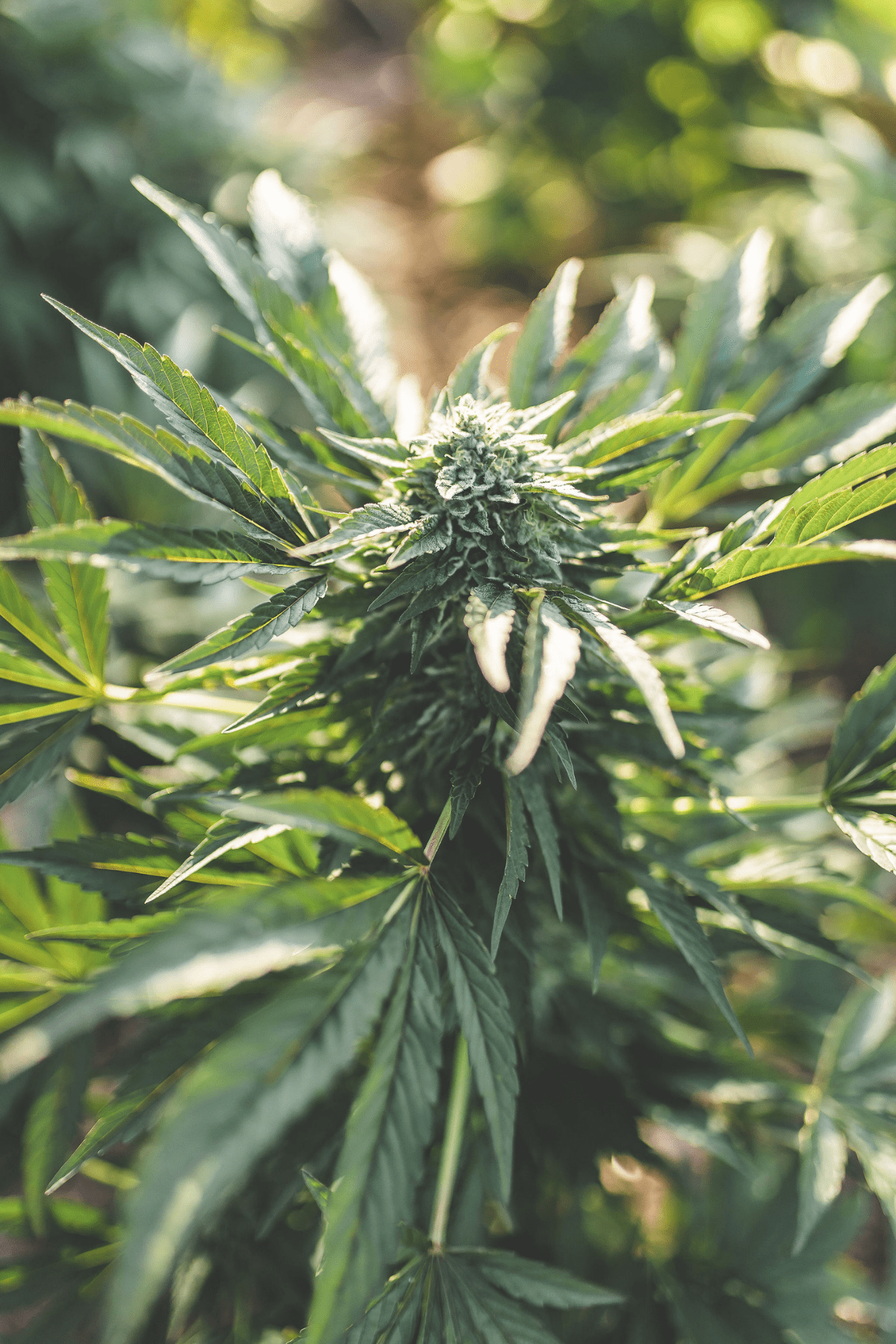
What is Indica?
The c. Indica species originated from Afghanistan, India, and Pakistan. Cannabis indica plants are bushy plants that appear short and stocky with chunky, wide leaves.
The Indica species most commonly has a high THC concentration with lower CBD levels.
Effects Associated with Indica Strains
Users love Indica because of its relaxing sedative effects.
Many people lovingly refer to Indica as “in da couch” because that’s where consumers end up after enjoying Indica-dominant strains.
Common anecdotally reported effects of Indica include nausea relief, pain relief, and appetite stimulation, making it a popular choice among medical consumers.
Popular Indica strains include:
- Hindu Kush
- Afghan Kush
- Granddaddy Purple
- Purple Kush
- Bubba Kush
- Northern Lights
- Blueberry
- 9 LB Hammer
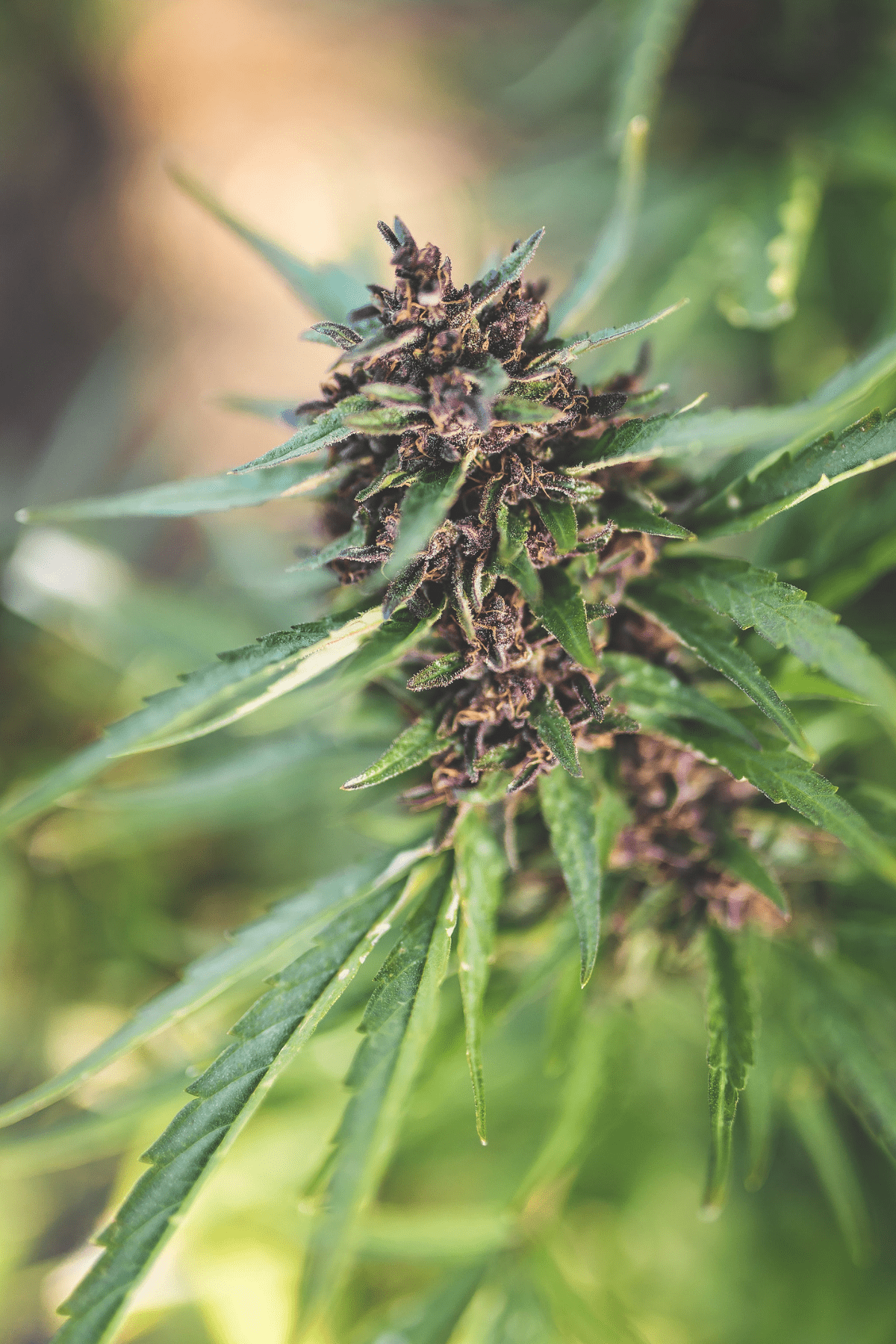
What is Sativa?
The c. Sativa species originated from the warm climates of Africa, Central America, Western and Southeast Asia. The plant is tall, thin, and has finger-like, narrow leaves.
The Sativa species has a higher concentration of THC than CBD, although each strain can contain different levels of different cannabinoids.
SAVE THIS GUIDE 💌
Popular cannabis Sativa strains include:
- Acapulco gold
- Panama Red
- Durban Poison
- Green crack
- Super Silver Haze
- Sour Diesel
- Tangie
- Strawberry Cough
- Blue Dream
Effects Associated with Sativa Strains
Cannabis plant users love Sativa strains because they stimulate the mind. As a result, users often feel high and energized after taking Sativa.
In addition, Sativa’s effects can help to reduce anxiety and pain. However, it doesn’t help to relax the body. Thus, it’s mainly used during the day because of its stimulating power.
It’s important to note that some people feel unwanted side effects from Sativa marijuana strains, including increased anxiety.
This may be related to the strain itself or the high THC content. For this reason, it may be important to avoid Sativa dominant strain types for certain individuals.
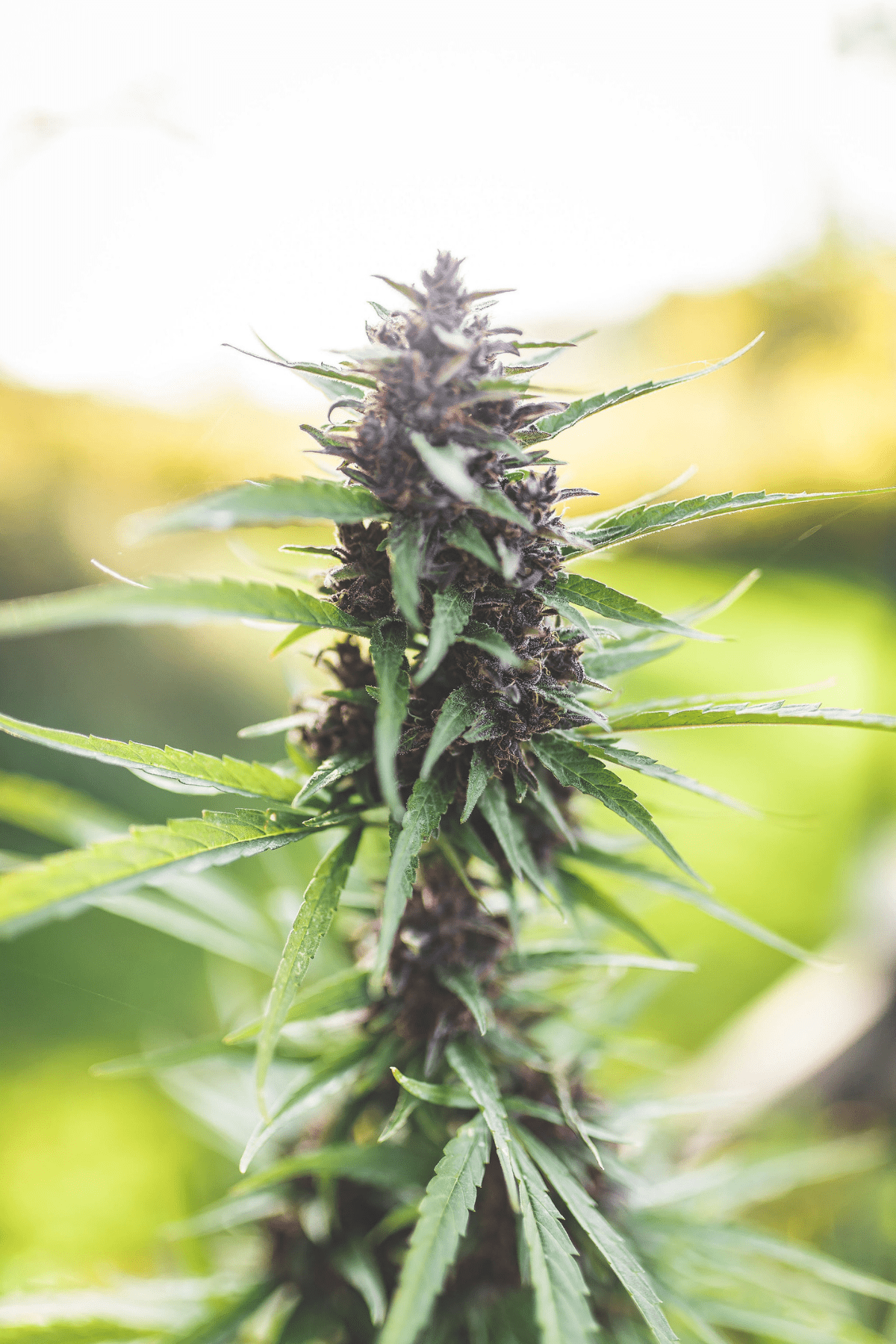
What are Hybrid Strains?
Hybrid strains contain the best elements from Sativa and Indica strains together in one and are primarily grown in greenhouses.
The physical appearance varies depending on which strain is more dominant. For example, if the Indica strain is more dominant, the hybrid plant may take the shape of Indica plants, displaying broader leaves.
Therefore, hybrid strains are usually identified as Indica-dominant hybrid or Sativa-dominant hybrid strains and are used to relieve anxiety, stress, and pain.
Popular Hybrid strains include:
- OG Kush (55% Sativa, 45% Indica)
- Wedding Cake
- Runtz
- Girl Scout Cookies
Why Does it Matter?
Anxiety disorder is a major problem affecting over 25 million Americans in their lifetime.
Unfortunately, dealing with anxiety is costly, and according to Practical Pain Management, it costs approximately 42 billion annually. But it’s not only the high cost that’s the deal-breaker!
Anxiety and pain correlate and affect your productivity at work and how you relate with people in your social life.
Studies show that 60% of patients with chronic pain may have an anxiety disorder to deal with.
While traditional healthcare can help eradicate pain and anxiety, trying out alternatives like medicinal cannabis also moves the needle.
According to the Journal of Cannabis Research, 66.9% of patients reported cannabis use before seeking medical attention.
Many cannabis consumers find that different varieties of cannabis impact their anxiety differently. While more scientific research is still being done, it is important to know about these different types of cannabis and how they can affect you.
If you find that Sativa-dominant strains are provoking your anxiety, try looking for Indica-dominant strains or strains with higher levels of CBD.
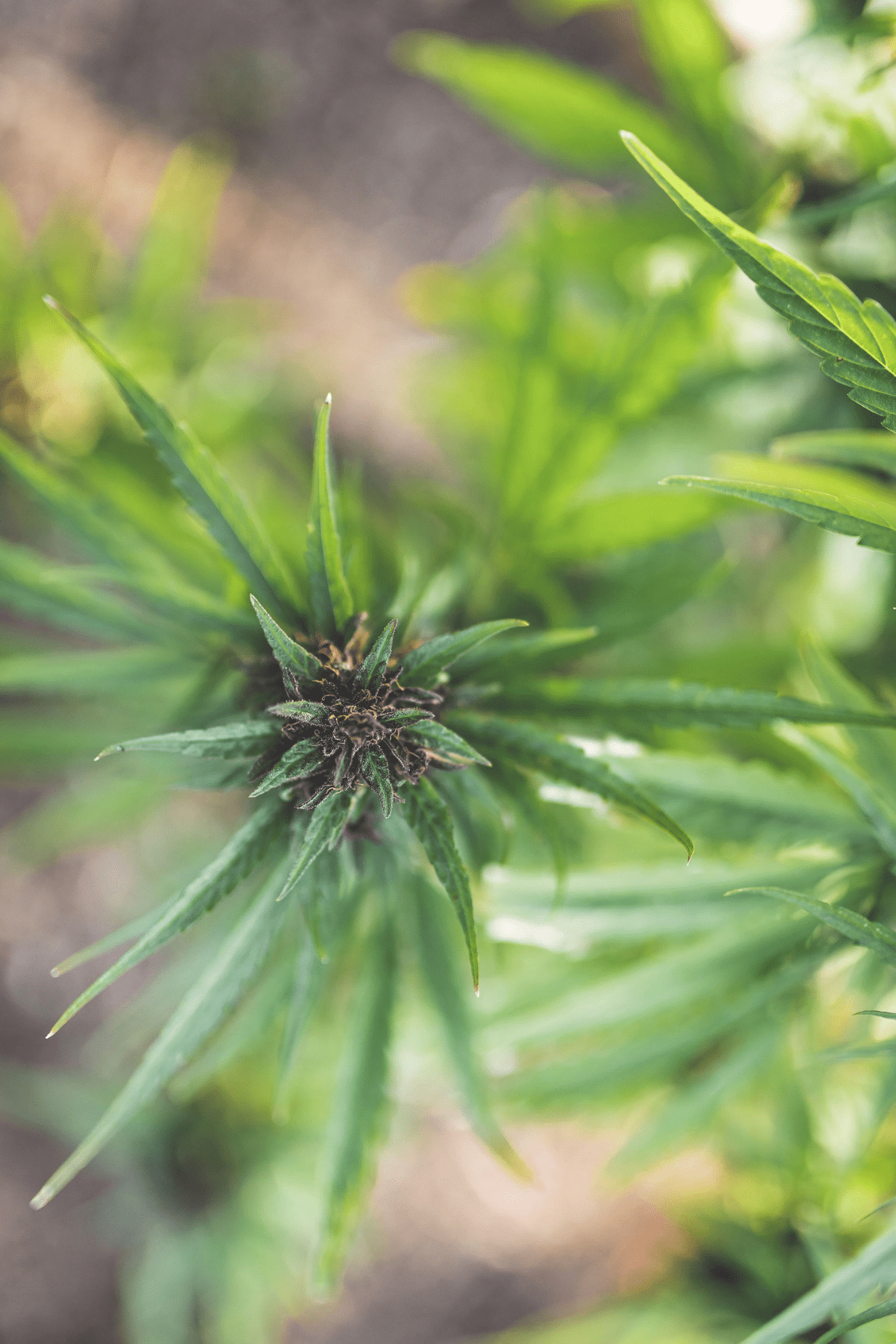
Conclusion
Sativa and Indica are the main cannabis plant species. However, their effects vary from one user to another.
Based on various lab reports, industry experts are torn on whether to stick to this categorization.
Therefore, the best way to consume cannabis is by considering different strains and how your receptors react to them.
Finding the right strain for you and your unique needs can make all the difference for anyone looking to use cannabis to improve their health.
Because different plants cause different effects for each person, it is important to be willing to experiment to see what works best for you.
If you are looking for more education on how to use cannabis in a way that benefits you, be sure to check out my Cannabis Compass Online Course.


More Guides You Will Love
Growing Cannabis
Top 5 Benefits of Growing Cannabis Outdoors
Growing Cannabis
How to Harvest Outdoor Cannabis Plants
Growing Cannabis

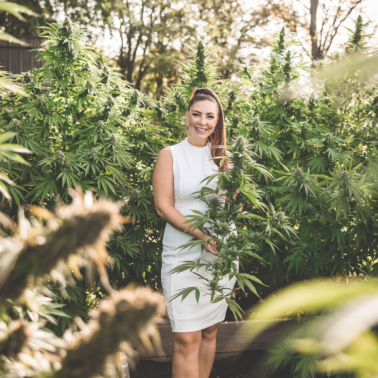

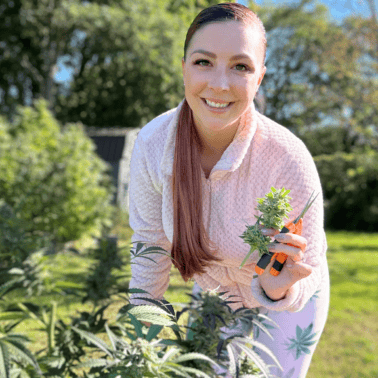
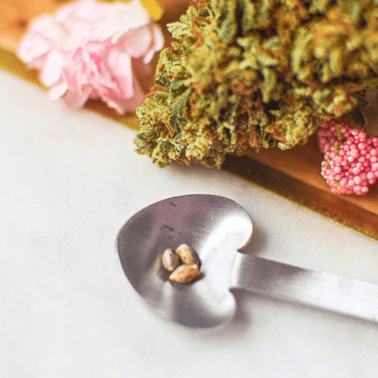
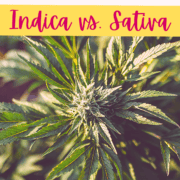








I always love your advice! Last year I grew for the first time and was given seeds but this year I am definitely going to research more quick question though I don’t smoke at all. I basically decarb and make fire crackers or cookies or other edibles & “eat” my cannabis & wondering if the strain makes a big difference if consuming that way?
Hello Diane! I’m so happy to hear about your success growing last year and that you’re exploring new options for this year! 🌱 To answer your question, yes, the strain can absolutely make a difference when consuming cannabis through edibles. Different strains contain varying amounts of THC, CBD, and other cannabinoids, as well as unique terpene profiles, all of which can influence the effect. If you’re looking for specific effects or benefits, like relaxation or energy, researching strains that align with your goals is a great idea. While all of the properties may not carry through to the final edible product, they certainly can.
Hi EKN team, I have been using your lovely site for 2 yrs. now making my own eatables and growing 1 or 2 plants myself. I’m 84yrs old with severe arthritis and a pinched nerve in my back. One of my kitchen problems if that my chocolates melt too easily when not refrigerated. as they are made with coconut oil. Is there a safe eatable wax that you could recommend for me to use? I have used beeswax in pain creams, but they don’t say the wax is eatable. I need to travel sometimes, and my chocolates turn to syrup when not refrigerated.
Hi Gail! Thank you for being a part of our community for the past two years! It’s wonderful to hear about your journey with edibles and growing! We’re sorry to hear about your challenges with chocolates melting.
For your situation, you might consider using carnauba wax which is food-safe and can help stabilize your chocolates without refrigeration. Carnuba wax is often used in confections to improve texture and prevent melting. This is the brand I recommend, but for other brands, always check the label for food-grade: https://amzn.to/3zbKrzS.
I hope this helps and wishing you the best in your chocolate-making adventures! Let us know if you try it.
What type of cannabis strain is in your butter?
Hi Michael. Our Bliss Cannabutter contains various Indica and Sativa strains, making it a hybrid and the perfect choice for any occasion.
Hi Emily, thank you so much for the info! I desire a sleepy effect as anxiety and sleeplessness are my biggest concerns, followed by pain occasionally due to fibromyalgia. If decarbing for 40 min at 240 produces THC (which gives me tachycardia) and I don’t want to get high, but rather to go to sleep, do I further decarb for additional 180 minutes for a total of 220 minutes to convert the THC into CBN? Does that destroy the CBD and CBG? Do you recommend just using Hemp flower instead of Marijuana? Thank you!
Hi Dorla. To achieve CBN for its sleepiness effects, decarb time is 180 minutes total, not 220. If there is any CBD or CBG, it is likely that it will dissolve. You can only achieve CBN with THC-dominant flower, so CBD-dominant flower wouldn’t give you the effects you are looking for. Here is a guide with more information on CBN: Sleepy CBN Oil Recipe + What is Cannabinol (CBN). I hope this helps!
How long can I keep my tincture? I made the one where I decarbed and soaked my cannabis in high alcohol vodka for 30 days. It came out great. But it’s now about 5 yrs old.
It’s been in a Mason jar in the dark.
Can I still use it? It still looks good. No mold or anything. I wonder if it will be more potent also?
Thank you,
Sherrie
Hi Sherrie. Since your tincture still looks good with no signs of mold, it’s worth giving it a try. Just keep in mind that its potency may have decreased over time and the THC has likely degraded into CBN by now, creating a sleepier effect.
Emily, I have been to many sites but I find this one to be the most informative. Thank you.
Hi Dave. Thank you for taking the time to leave such a positive comment. It’s readers like you who make this blog worthwhile. Wishing you all the best!
Thank you Emily for the great information, resources, and depth of knowledge you share with readers. You are my go to website for dosing to recipes and everything in between. The article on Indica and Sativa is most informative.
Thank you, thank you, thank you,
I’m a true fan!
Hi Priscilla. Thank you so much for your kind words! We’re absolutely delighted to hear that you find our website and information shared here valuable. It truly warms our hearts to know we help you with dosing and recipes and everything in between. It’s readers like you who inspire us to keep researching, learning, and sharing. So, thank you! ??
Very informative. I have not yet tried a Sativa because I’ve heard that it can make anxiety worse. Your information has helped me understand WHY. Thanks for this!
You are most welcome, Roxanne! Thank you for reading 😀
I definitely prefer a Sativa leaning hybrid. I need the uplift for mood but.but stil I need a but of indica for.pain from MS.
Full indica makes me.too weepy but if just a bit of indica before bed is amazing for sleep
I am so glad you’ve found what works best for you, Alaina! Thank you for sharing with us 🙂
I’ve always preferred Sativa over Indica. Saliva gives me motivation & energy and a happy feeling. I only use Indica before bedtime if I’m having trouble sleeping.
I personally am the same way, Elizabeth. Thanks for sharing your experience here 😀
Very informative Emily !!!!!!!!!! 5 star
Thanks so much for reading, Lew!